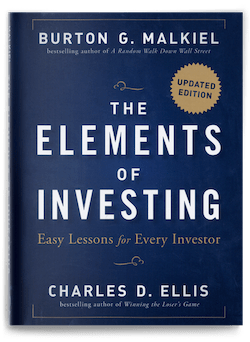Diversification
Diversification is the time-honored way to reduce investment risk. Diversification is as basic to successful investing as good health is to a great life. The general idea is to include in your portfolio some asset types that provide a degree of stability during the inevitable equity bear markets. But even diversification has been challenged during the recent difficult times in the stock market. There are, of course, a few kernels of truth in arguments of the “naysayers” who say that diversification fails us just when we need it most. Stock markets in different national markets have becomes much more highly correlated. Globalization has tended to make the stock markets in different countries go up and down together. Abrupt market declines around the world are more synchronous. Despite the plausibility of these arguments, diversification remains an extraordinarily useful technique to achieve your investment goals. Diversification is another one of the long-term investor’s best friends.
First, not all financial assets go up and down together. For example, bond prices have often risen when stock prices fell. If a recession is expected, corporate earnings can be expected to decline, so stock prices are likely to fall. But the monetary authorities typically try to reduce the severity of the recession by lowering interest rates, and when rates fall, bond prices rise. Thus bonds often zig just when stock prices zag, imparting a degree of stability to your overall portfolio. In fact, in recent years, returns from stocks and bonds have tended to move in opposite directions.
Moreover, even when equity markets around the world tend to move up and down almost in unison, there have been vast differences in the performance of different stock markets. While the short-term fluctuations in developed and emerging equity markets were almost perfectly correlated during the first decade of the 2000s, the long-term performance of those markets was vastly different. Developed markets were basically flat during the decade, producing a minuscule rate of return, but emerging markets produced an overall return for investors of 10 percent per year compounded.



